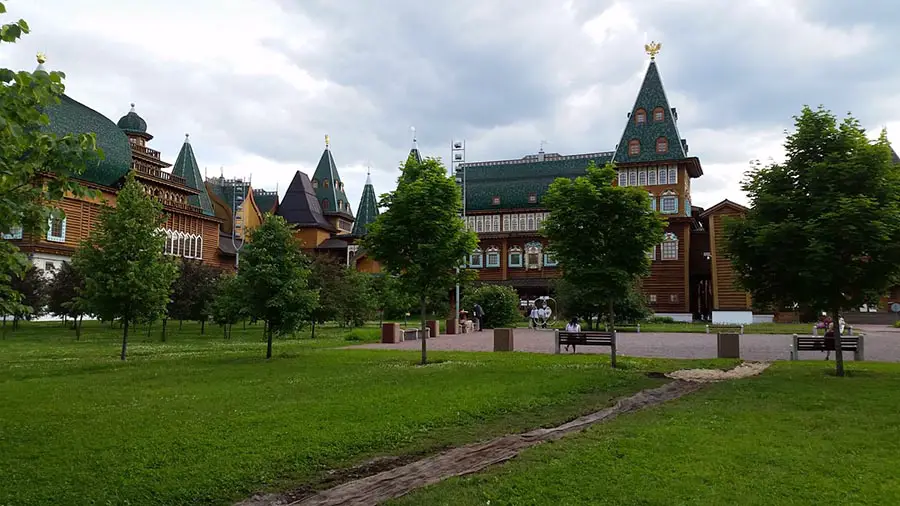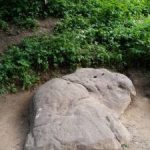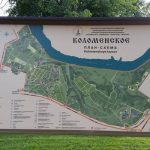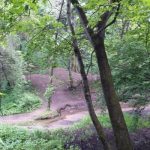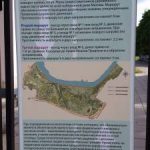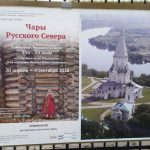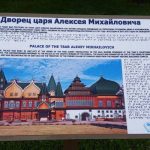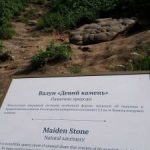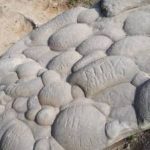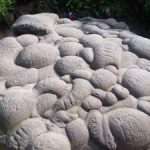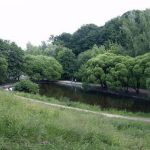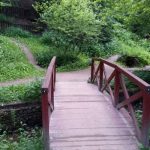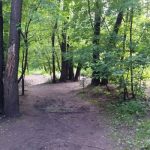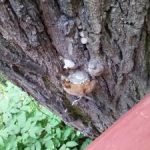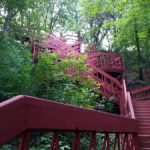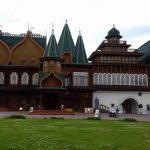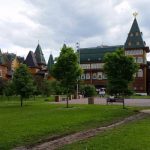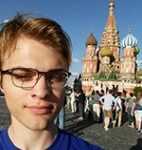Kolomenskoye Park
Andropova Ave, 39
Daily 08:00-21:00
(May 1st to September 31st 07:00-24:00)
Free (~$5 for drinks and ice cream)
Kolomenskoye Park is definitely one of Moscow’s must-see attractions. Open year round, this former royal estate contains historic local buildings, gardens, a haunted ravine with pagan shrines, and several artifacts and parts of wooden buildings transported there from afar (primarily for restoration during soviet times). On some days, there are horse drawn carriage tours, but there are also marshrutkas that run throughout the park if you’d prefer something quicker.
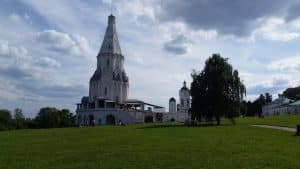
When I visited on a Thursday afternoon, the park was fairly busy. I entered the park from the northern side, which was closest to the Kolomenskaya metro station. Walking east, I headed toward the road that would take me to the Church of the Ascension, which is a UNESCO world heritage site. Along the way were all sorts of cafes, ice cream vendors, and souvenir carts. Finally, my road diverged at the crest of a hill with a pleasant view of the Moskva River. Turning south, the road ran parallel to the river and was heavily forested, unlike the main avenue I was previously walking on. Eventually I arrived at the Church of the Ascension, which was built in 1532 to celebrate the birth of Ivan the Terrible. While the church is supposedly a great example of the Russian ecclesiastical style of architecture, I wasn’t a fan. It seemed plain and needed more color.
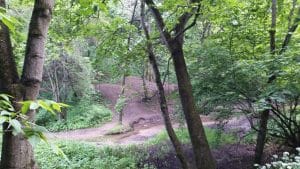
After the church, I walked down into Golosov ravine. Supposedly, a band of Tatar cavalry had disappeared here into light green fog in 1571 and reappeared in 1621. Similarly, two peasants had disappeared into the ravine in 1812 and stumbled out in 1832. They claimed to have been led out by leshiye, which are hairy Russian forest spirits similar in size and shape to a man. The ravine was quiet and peaceful, and for a minute I was able to forget I was in Moscow. As I was walking through the ravine, I stopped by two large stones, the maiden stone and the goose stone, that were once used for Slavic pagan worship. The goose stone looks like a regular rock, but the maiden stone was one of the most interesting things I’ve ever seen. Its surface looks bubbly and smooth, and touching it is said to help women with fertility problems.
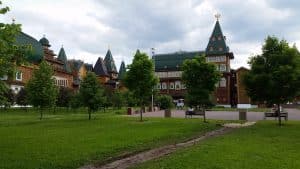
Coming out of the ravine, I made a stop at the Wooden Palace before heading back to the metro. The Wooden Palace of Tsar Alexis I, while beautiful, is unfortunately a reconstruction. It fell into disrepair during Catherine the Great’s reign and was torn down. However, in 2010 a full reconstruction was completed using the original plans. The palace has a distinct, fairytale-like architectural style that I thoroughly enjoy. I didn’t have enough time to take a tour of the inside, but the per-person entry fee was quite low (~$3.50 at the time of writing). There’s a moderately priced café inside that also has outdoor seating.
Since I was at the southern end of the park, I left through the lower gate and went to the Kashirskaya metro station, which was closer and easier than walking back to Kolomenskaya station. From there, it’s a short 20 minute ride back to the center of the city. As a final note, the park is excellent for picnics and I walked by quite a few while I was exploring. I’d highly recommend waiting to visit this park until sometime within your second or third week in Moscow. I think it’d be better get to know your area first before going to Kolomenskoye as it’s further afield than other attractions.


